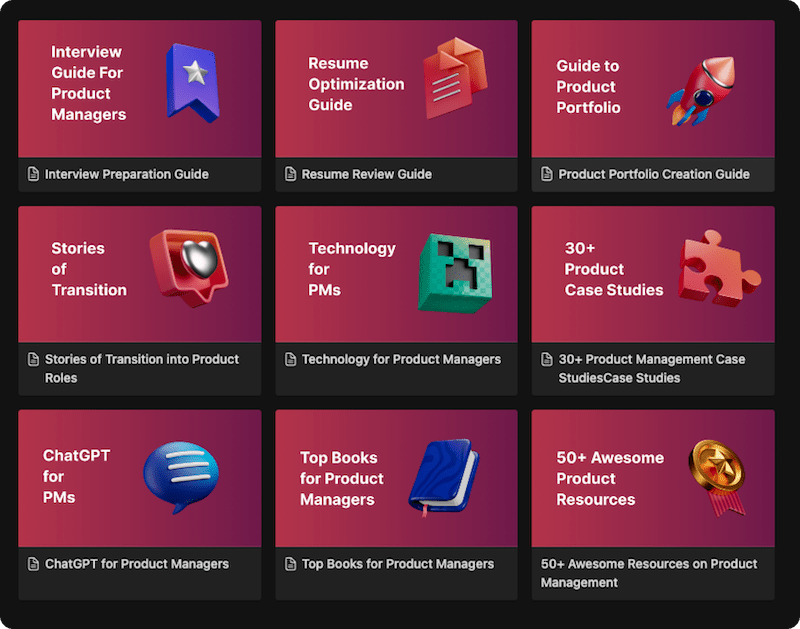Top Down Approach
In the realm of product management, making informed decisions about product development is paramount for success. One such approach that holds significant value is the Top-Down Approach. This approach entails starting with a broader perspective and then gradually drilling down into the finer details. In this article, we will delve into the concept of the Top-Down Approach, its definition, key principles, and implementation process, and showcase its importance in guiding product managers to make effective and strategic choices.
The Top-Down Approach is a strategic methodology employed by product managers to tackle complex problems and make crucial decisions. It initiates with a high-level overview of the project, vision, or goals and then progressively breaks it down into smaller components and action items.
Key Principles
- Starting with the Big Picture: The Top-Down Approach commences with an overarching vision or goal, aligning the product development process with the broader objectives of the company.
- Strategic Decision Making: Product managers use this approach to prioritize tasks and allocate resources based on the significance and impact on the larger goals.
- Focus on Outcomes: Emphasis is placed on achieving desired outcomes and results by aligning every aspect of the product development with the overall vision.
Implementation Process
- Define the Vision: Product managers work with stakeholders to outline the high-level vision and goals that the product aims to achieve.
- Identify Key Objectives: From the vision, key objectives are established, which will serve as guiding principles throughout the development process.
- Breakdown and Prioritization: The high-level objectives are broken down into smaller, actionable tasks. These tasks are then prioritized based on their relevance to the larger goals.
- Resource Allocation: Resources such as budget, time, and talent are allocated to different tasks based on their priority and potential impact on the product’s success.
- Continuous Evaluation: Throughout the development process, product managers continuously evaluate progress against the high-level objectives to ensure alignment and adjust strategies if needed.
Real-World Examples
- Product Roadmap: A product manager creates a product roadmap with high-level goals, such as expanding the user base and increasing revenue. They then identify and prioritize specific features and improvements to achieve these objectives.
- Market Penetration: In a new market entry, a product manager first defines the target market and long-term market share objectives. Then, they devise a market penetration strategy with detailed action plans for market research, pricing, and distribution.
Takeaway
The Top-Down Approach starts with a high-level vision and breaks it down into actionable tasks. Key principles include strategic decision-making and focus on outcomes. Real-world examples include product roadmaps and market penetration strategies.
The Top-Down Approach is an effective way for product managers to align product development with broader company goals and strategic vision. By starting with a high-level perspective and gradually diving into specific tasks, this approach allows for efficient resource allocation and ensures that every decision contributes to the ultimate success of the product.


